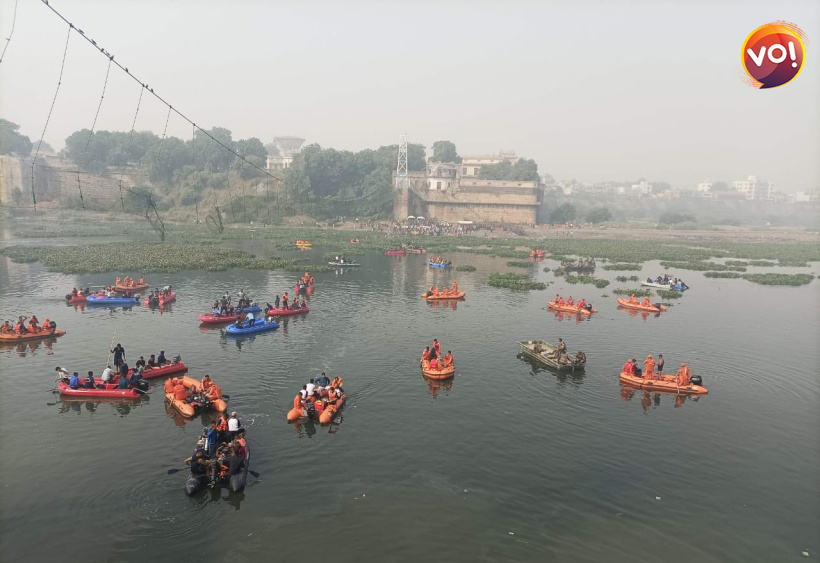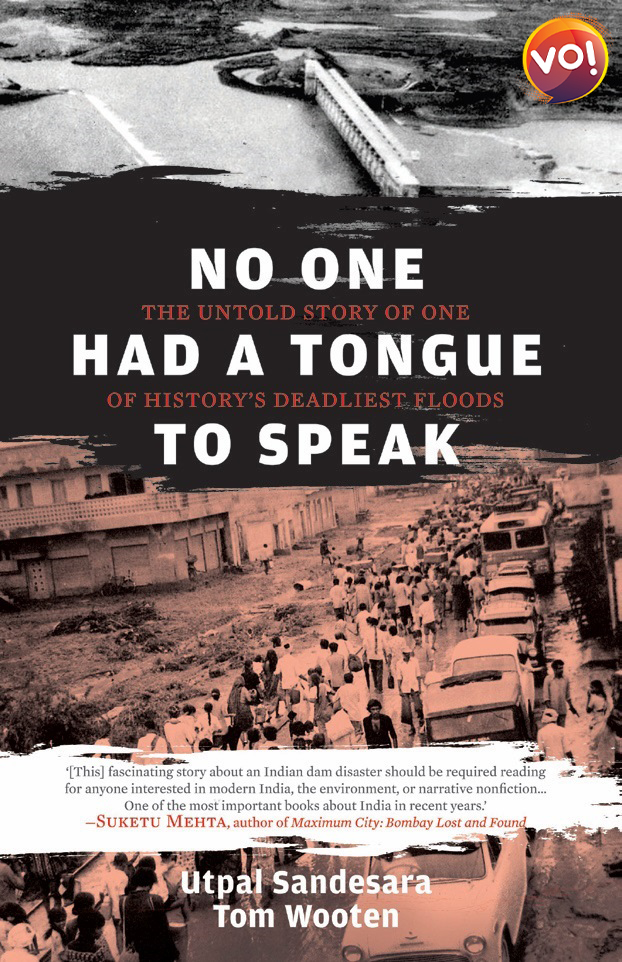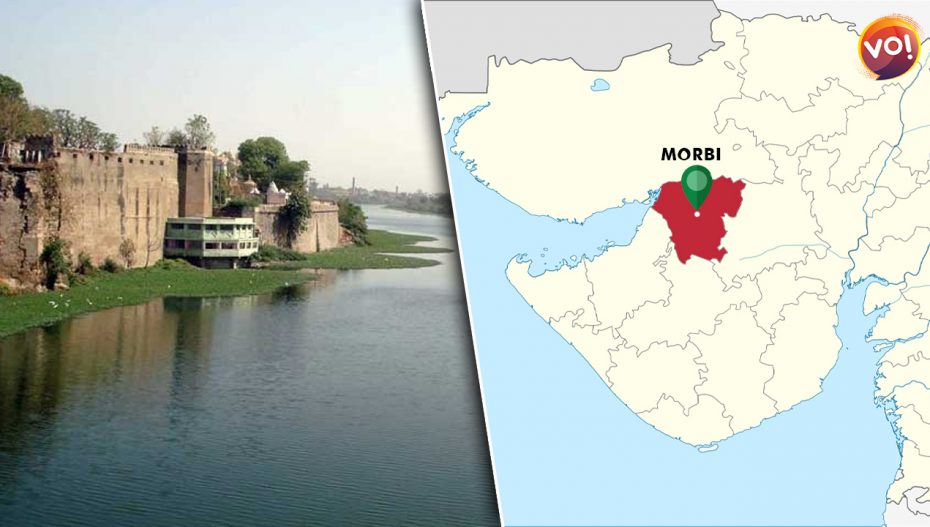The horrific bridge collapse on Sunday over Machchu River in Morbi has reopened painful memories of Gujaratis the world over. Scores of Gujaratis, from Ahmedabad to Amsterdam, remembered the 1979 Machchu dam failure that wiped out almost half the town. A Gujarati movie, Machchu, is based on the Machchu dam failure, in which the number of people killed vary from 1,800 to 25,000.

VOI looks back at the turbulent relationship that Morbi shares with Machchu.
The Machchhu dam failure, also known as the Morbi disaster, was a flood caused by the dam failure on August 11, 1979. The dam in question was called Machchu-2, located on the river. When it failed, water gushed through the town of Morbi, sweeping with it people, animals, trees, and houses. Machchhu-2 was constructed downstream of the first dam, Machchhu-1, in 1972, and had a catchment area of 1,929 sq km.
The dam was meant to serve an irrigation scheme. Considering the long history of drought in Saurashtra, the dam was constructed with the primary aim of water supply, and not flood control. It consisted of 18 sluice gates across the river section and long earthen embankments on both sides. The spillway capacity provided for 5,663 cubic metres per second (200,000 cu ft/s).
THE TRAGEDY
Days leading to the dam failure saw huge rainfall in and around Morbi, and massive flooding, leading to the disintegration of the earthen walls of Machchhu-2. The actual observed flow following the intense rainfall reached 16,307 m3/s, thrice what the dam was designed for, resulting in its collapse. Within 20 minutes, the floods of 12 to 30 ft (3.7 to 9.1 m) height inundated the low-lying areas of Morbi, located five km below the dam.[
Around 3.30 pm on August 11, 1979, the tremendous swirling flow of water struck Morbi. Water level rose to 30 ft within the next 15 minutes and some low lying areas of the city were under 20ft water for the next six hours.

The Guinness Book of Records listed the Morbi dam failure as the worst dam burst. The book titled ‘No One Had A Tongue To Speak’ by Tom Wooten and Utpal Sandesara debunked the official claims that the dam failure was an “act of God”, and pointed to structural and communication failures that led to and exacerbated the disaster.
The book gave vivid first-person accounts of many survivors. It narrated how people scrambled for rooftops, hilltops, and other safe grounds in order to save themselves. Over a hundred people took shelter in Vajepar Ram Mandir but later the deluge submerged them with the temple. Women were compelled to drop their babies into the furious surge in order to save themselves and people lost their loved ones in a flash.
Also Read: Morbi Bridge Collapse: FIR Registered Against Maintenance Agency












